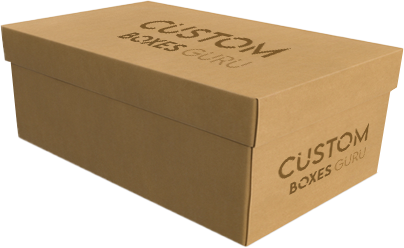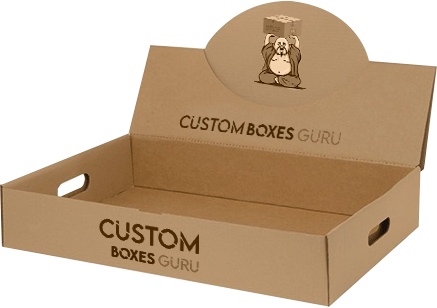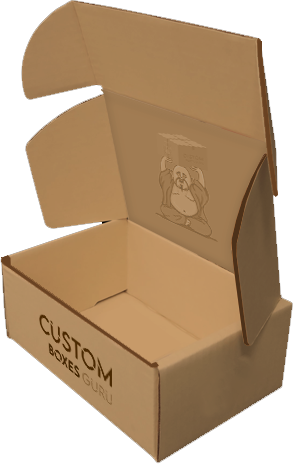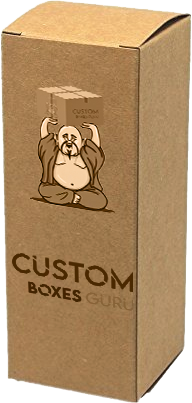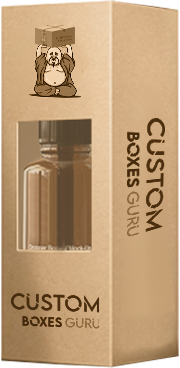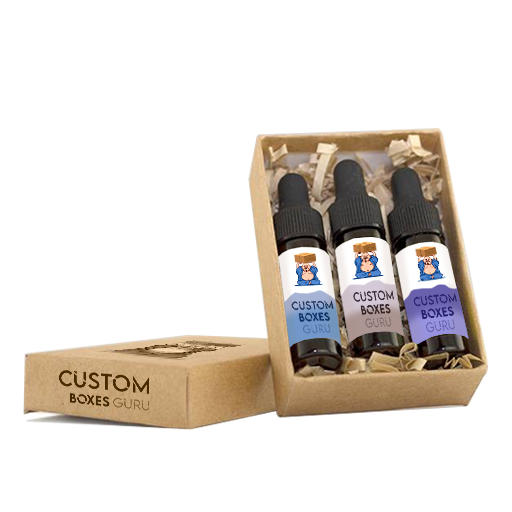Packaging CBD products is critical to ensuring their safety, quality, and compliance with regulations while attracting the user. Much maturity is required, including carefully considering materials, design, labeling, and legal requirements. Here’s an overview of how CBD products are typically packaged:
- Material Selection: Choosing suitable packaging materials is essential to protect CBD products from external factors like light, air, and moisture. Common materials include glass, plastic, and metal, depending on the product type and intended use.
- Safety and Childproofing: Many CBD products come in oils, edibles, or topicals, and it’s crucial to package them to prevent accidents.
- Accurate Labeling: Proper labeling is essential to provide customers with vital information about the product, such as CBD content, THC levels (if any), serving size, and usage instructions. Accurate labeling also helps build trust with consumers and ensures compliance with regional regulations.
- Tamper-Proof Seals: high-quality seals lock the products to avoid temping or contamination.
- Branding and Design: Striking branding with clear messaging about the product’s benefits can attract potential customers and establish brand recognition.
- Compliance with Regulations: Packaging for CBD products must adhere to specific legal requirements imposed by regional authorities to avoid legal issues.
- Sustainable Packaging: With a growing emphasis on environmental concerns, brands increasingly adopt sustainable and eco-friendly packaging options to reduce their ecological footprint.
- Transportation and Storage Considerations: Packaging should be designed to withstand transportation and storage challenges, preventing damage to the product during distribution.
In conclusion, packaging for CBD products involves carefully balancing product safety, regulatory compliance, and attractive branding. By following industry standards and meeting consumer demands, businesses can deliver quality CBD products to their customers.
